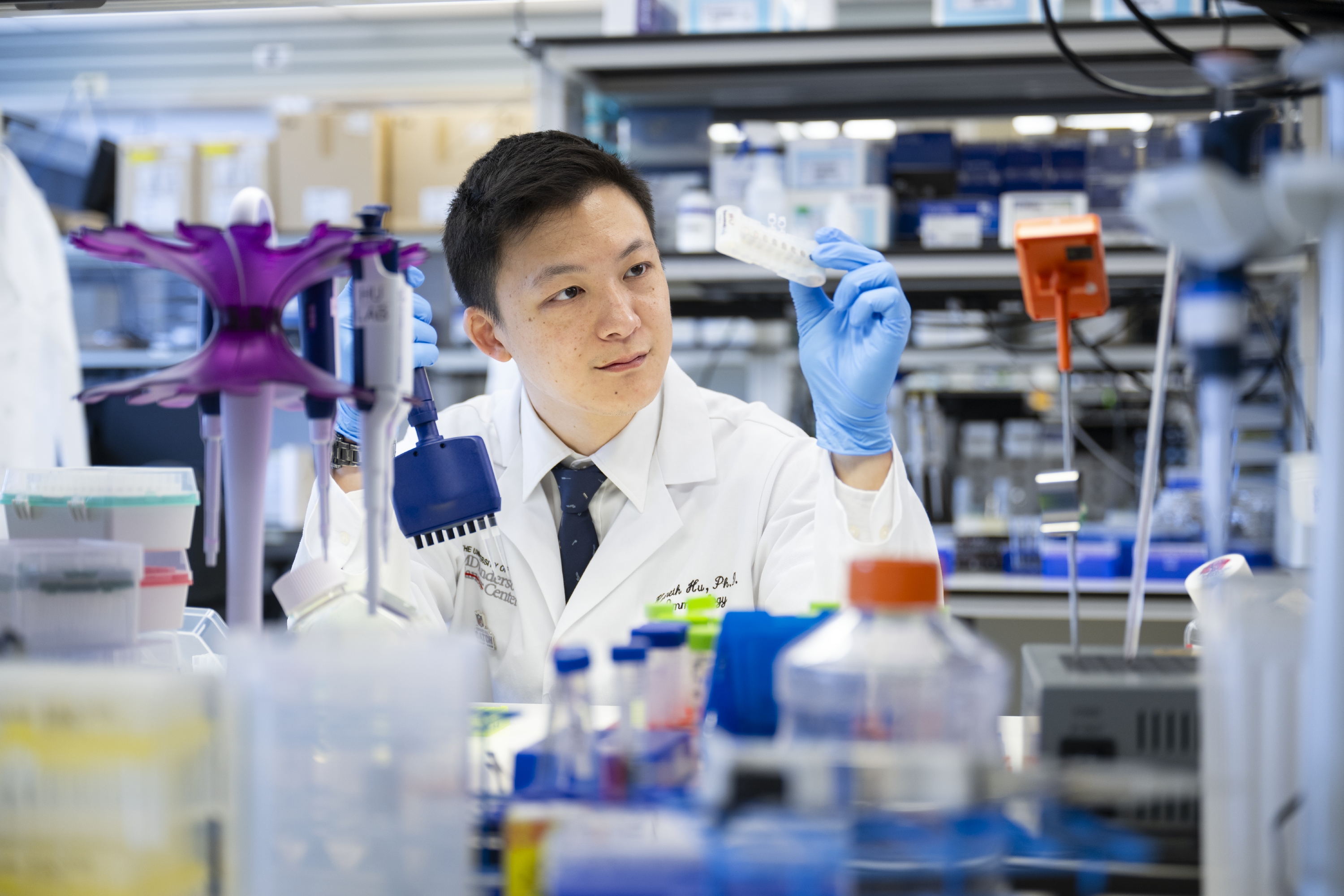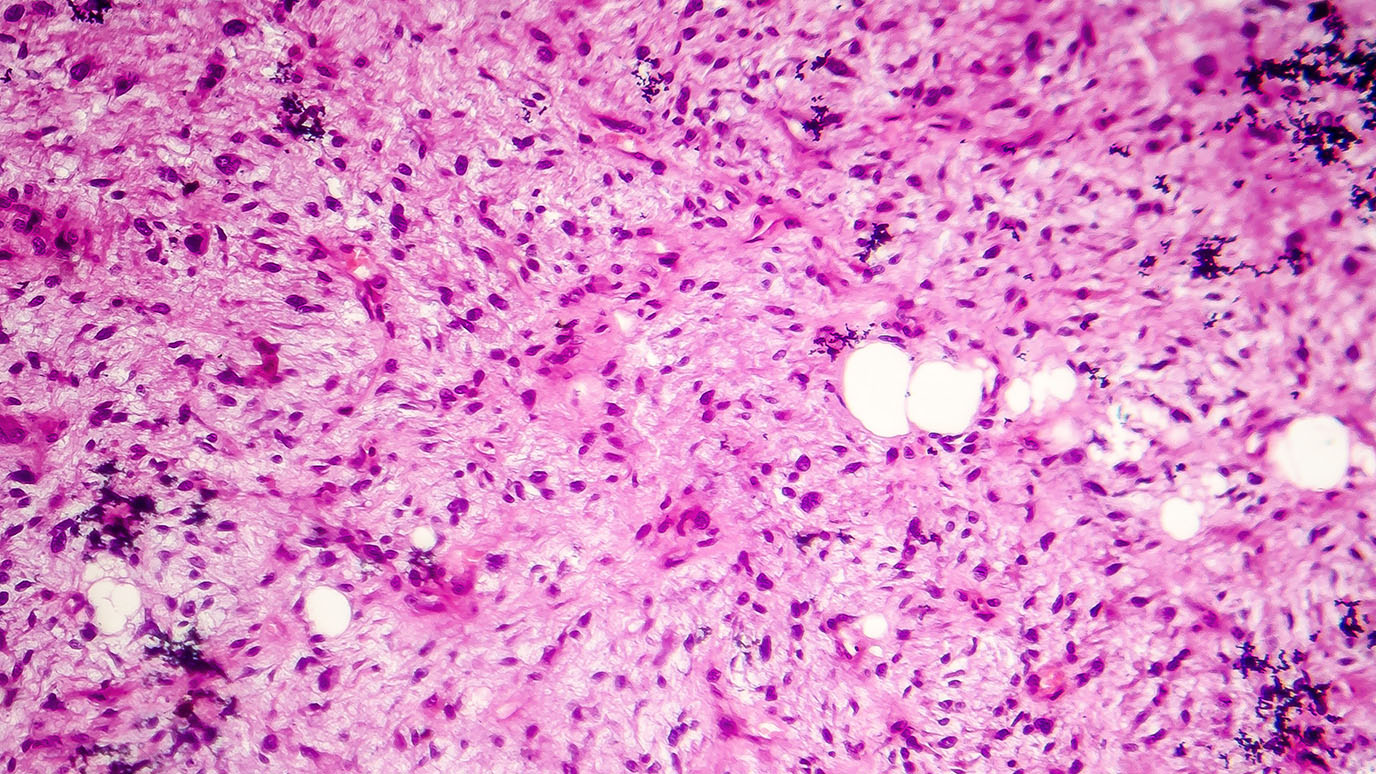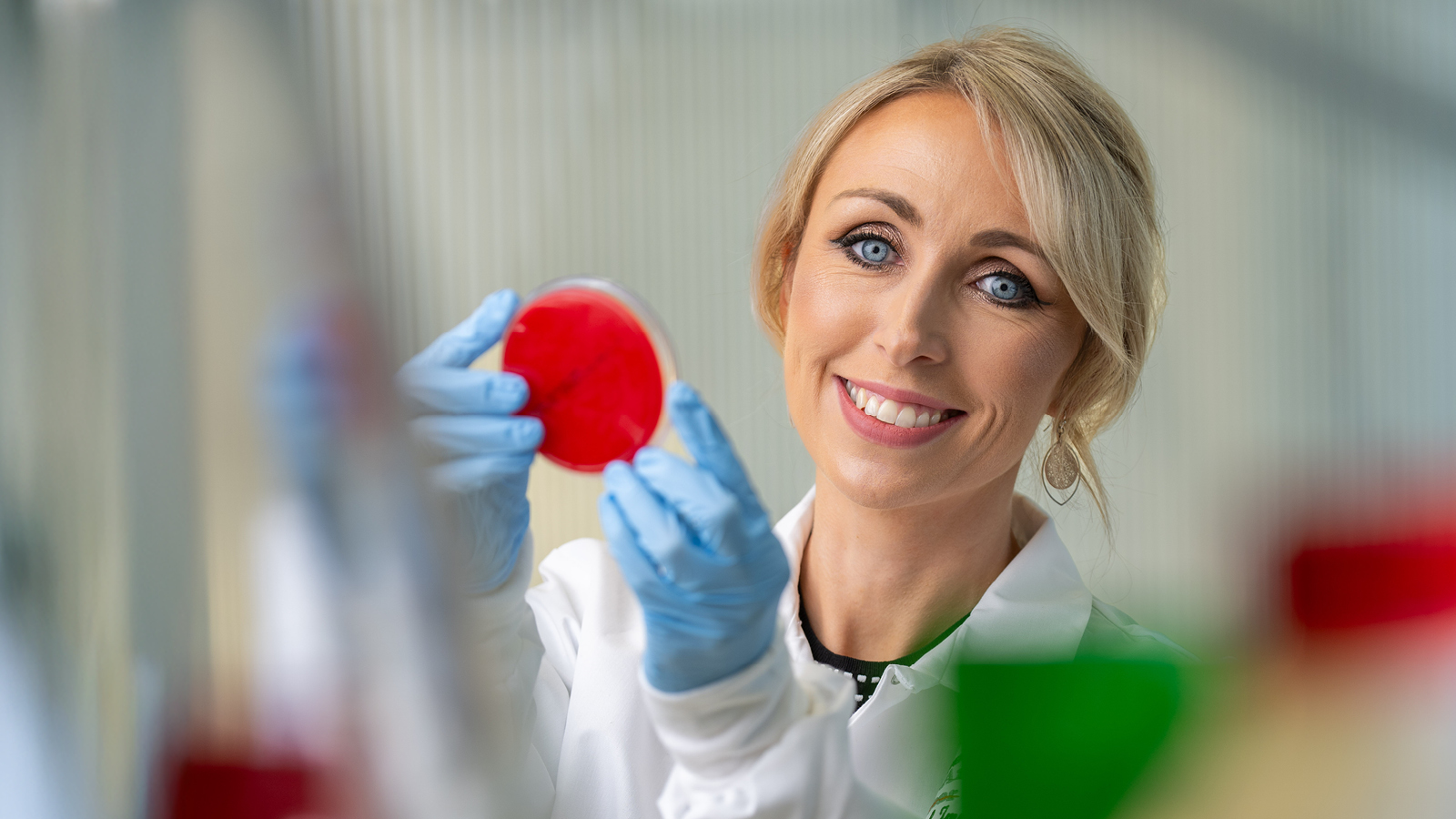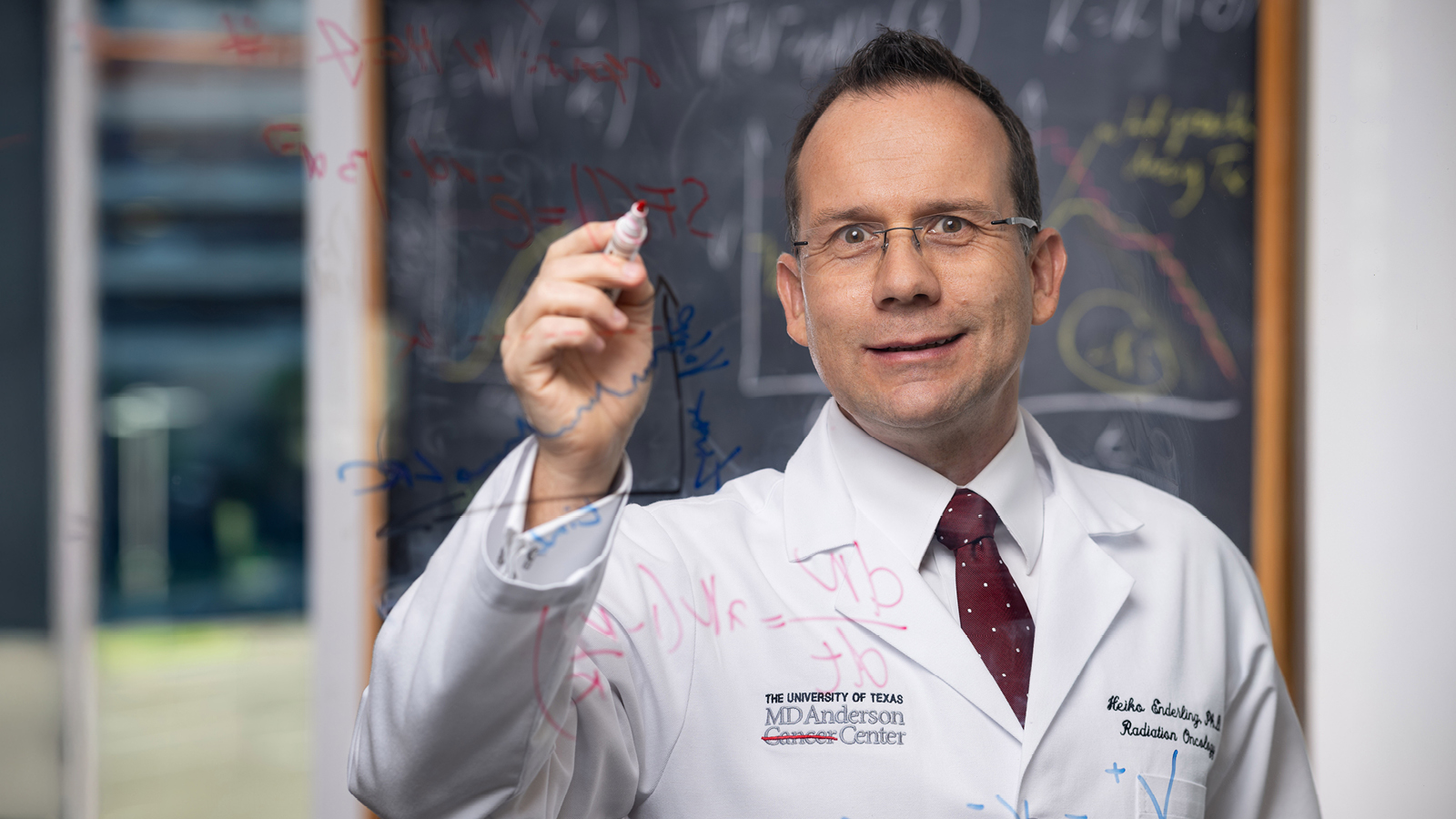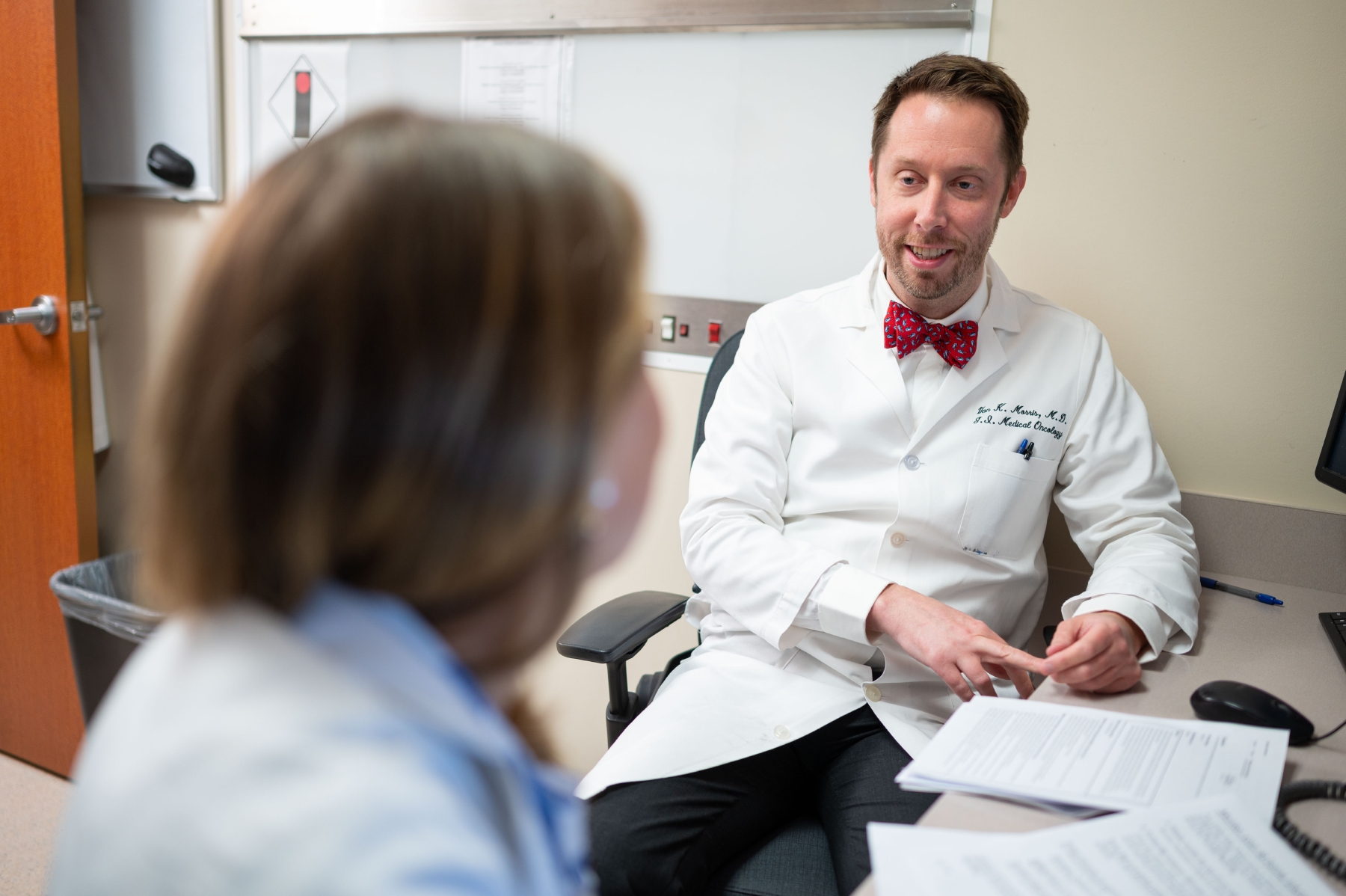- Diseases
- Acoustic Neuroma (14)
- Adrenal Gland Tumor (24)
- Anal Cancer (66)
- Anemia (2)
- Appendix Cancer (16)
- Bile Duct Cancer (28)
- Bladder Cancer (68)
- Brain Metastases (28)
- Brain Tumor (230)
- Breast Cancer (716)
- Breast Implant-Associated Anaplastic Large Cell Lymphoma (2)
- Cancer of Unknown Primary (4)
- Carcinoid Tumor (8)
- Cervical Cancer (154)
- Colon Cancer (164)
- Colorectal Cancer (110)
- Endocrine Tumor (4)
- Esophageal Cancer (42)
- Eye Cancer (36)
- Fallopian Tube Cancer (6)
- Germ Cell Tumor (4)
- Gestational Trophoblastic Disease (2)
- Head and Neck Cancer (6)
- Kidney Cancer (124)
- Leukemia (344)
- Liver Cancer (50)
- Lung Cancer (288)
- Lymphoma (284)
- Mesothelioma (14)
- Metastasis (30)
- Multiple Myeloma (98)
- Myelodysplastic Syndrome (60)
- Myeloproliferative Neoplasm (4)
- Neuroendocrine Tumors (16)
- Oral Cancer (100)
- Ovarian Cancer (170)
- Pancreatic Cancer (166)
- Parathyroid Disease (2)
- Penile Cancer (14)
- Pituitary Tumor (6)
- Prostate Cancer (144)
- Rectal Cancer (58)
- Renal Medullary Carcinoma (6)
- Salivary Gland Cancer (14)
- Sarcoma (236)
- Skin Cancer (294)
- Skull Base Tumors (56)
- Spinal Tumor (12)
- Stomach Cancer (60)
- Testicular Cancer (28)
- Throat Cancer (90)
- Thymoma (6)
- Thyroid Cancer (98)
- Tonsil Cancer (30)
- Uterine Cancer (78)
- Vaginal Cancer (14)
- Vulvar Cancer (18)
- Cancer Topic
- Adolescent and Young Adult Cancer Issues (20)
- Advance Care Planning (10)
- Biostatistics (2)
- Blood Donation (18)
- Bone Health (8)
- COVID-19 (362)
- Cancer Recurrence (120)
- Childhood Cancer Issues (120)
- Clinical Trials (624)
- Complementary Integrative Medicine (24)
- Cytogenetics (2)
- DNA Methylation (4)
- Diagnosis (230)
- Epigenetics (6)
- Fertility (62)
- Follow-up Guidelines (2)
- Health Disparities (14)
- Hereditary Cancer Syndromes (122)
- Immunology (18)
- Li-Fraumeni Syndrome (8)
- Mental Health (118)
- Molecular Diagnostics (8)
- Pain Management (62)
- Palliative Care (8)
- Pathology (10)
- Physical Therapy (18)
- Pregnancy (18)
- Prevention (892)
- Research (390)
- Second Opinion (74)
- Sexuality (16)
- Side Effects (604)
- Sleep Disorders (10)
- Stem Cell Transplantation Cellular Therapy (216)
- Support (404)
- Survivorship (322)
- Symptoms (184)
- Treatment (1772)
Multiple myeloma cancer researcher strikes balance between the lab and her family ranch
4 minute read | Published February 15, 2022
Medically Reviewed | Last reviewed by an MD Anderson Cancer Center medical professional on February 15, 2022
Michelle Hildebrandt, Ph.D., left the Midwest 14 years ago for a two-year postdoctoral fellowship at MD Anderson that focused on cancer prevention and research training. Today, she is an associate professor here in Lymphoma-Myeloma.
Hildebrandt did not expect her postdoctoral fellowship to bloom into the career it has at MD Anderson. But now she feels at home in Texas with a ranch replete with a menagerie of animals – and in 2021, she was named one of 10 Andrew Sabin Family Fellows. The fellowship encourages creativity, innovation and impactful cancer research at MD Anderson in the areas of basic science, clinical, physician-scientist and population and quantitative science. The fellowship includes $100,000 over two years.
We spoke with her to learn more about her research at MD Anderson and the life she’s built both inside and outside the lab.
Tell us about your cancer research.
My work focuses on the identification of genetic factors related to cancer risk and outcomes, as well as mediators of late effects in cancer survivors. Much of my research focuses on cancer disparities as we try to investigate differences across populations and how genetic ancestry may be influencing these differences in patients with multiple myeloma. The large and diverse patient population here at MD Anderson makes my research possible.
Did you have a career plan when your family arrived in Houston for your first job at MD Anderson?
I’m from a very small, rural town in Minnesota. Our biggest challenge was moving to a big city, but we never intended to stay. The joke is that my wheel on my wagon broke, and I had to homestead. I assumed that I would be moving on.
But I was provided an opportunity to grow a career in epidemiology and wasn’t given a reason to leave. I keep receiving opportunities to grow my career and moved to Lymphoma-Myeloma a year ago.
What would you tell young scientists considering a career at MD Anderson?
As an individual investigator, you have the freedom to explore here. We have a strong community of lab- and population-based scientists, not all research here is aimed at developing a drug.
And, MD Anderson has the resources to support you. The Sabin Fellowship that I received is one of several internal funding awards available to investigators. In my case, receiving funding through the Sabin Fellowship will allow me to investigate the role of genetic ancestry in risk, outcomes and somatic features among Hispanic multiple myeloma patients. Hispanics are an understudied population with regard to myeloma’s risk profile and clinical features. With MD Anderson’s diverse patient population, we are in a position to fill this knowledge gap and better understand this disease in all of our patients.
Tell us about your life outside the lab. How did you adjust to Houston living?
Houston is a fantastic city with a multitude of suburbs or nearby towns to accommodate any life you seek for yourself and your family. You do the work to find your people within it. I always encourage people to put aside their preconceived notions when considering a move here, because there are so many communities within the greater Houston area.
We live in the Pearland/Manvel area and have four acres – and four horses, a dog, eight working barn cats and a shop of race cars. My 16-year-old daughter shows her horse competitively, so I spend most of my weekends as a horse show mom. My 12-year-old drag races with his junior dragster, so being out in the country allows us to work on his car without bothering our neighbors too much. Our long driveway makes for an impromptu drag track when needed!
I have had offers to leave Houston, but when we look around at the niche we’ve found here and the surrounding communities, I don’t know if we can find this anywhere else.
You are a cancer researcher and associate professor, cat herder, equestrian, car-a-holic, wife, and mom to two teens. How does it all fit together at MD Anderson?
It just does! My work is highly collaborative and is only possible due to close interactions with my clinical and research colleagues. Collaborations are at the core of what MD Anderson was built on and what it fosters every day. It is this interactive environment that drew me in over 14 years ago and has kept me here.
Learn about research at MD Anderson.
Related Cancerwise Stories
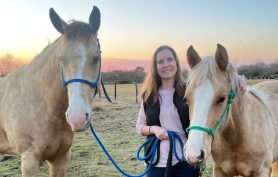
As an individual investigator, you have the freedom to explore here.
Michelle Hildebrandt, Ph.D.
Researcher

